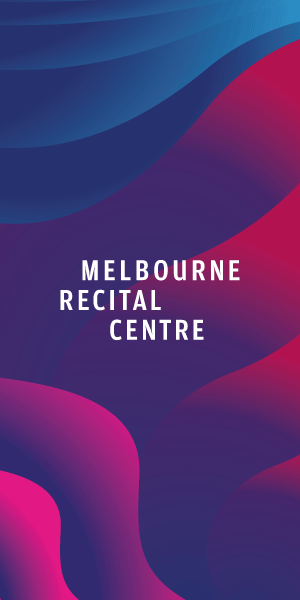Melbourne’s first buses were horse-drawn
In the late 19th century, the only forms of public transport available to people living in the inner northern suburbs of Melbourne were horse-drawn cabs and omnibuses. Suburban rail lines and cable trams to those suburbs were not established until the late 1880s.
Horse-drawn cabs were uncomfortable to ride in, and only departed when the cab driver had enough passengers wanting to go to the same area for his trip to be worthwhile.
However, a major step forward in terms of comfort and convenience occurred in 1869 when a trio of American businessmen formed the Melbourne Omnibus Company and introduced American-style coaches with superior suspension more suited to Melbourne’s rough roads, and ran services on set routes to a set timetable.
They used brightly decorated vehicles drawn by two horses, in which passengers sat facing one another in a spacious fully enclosed cabin with glass windows and a door at the rear.
The coaches were at first imported from the United States but were later manufactured by the company at its stables in Brunswick St, Fitzroy. These horse-drawn omnibuses (or “buses” for short) ran on set routes from the city to the suburbs and back to a set timetable and for a fixed fare.
The first route was established by the company in 1869 and ran from the city to Collingwood and back. Other routes were soon established from Flinders Street Station to Fitzroy, Richmond, Carlton and North Melbourne and later as far as Brunswick, Moonee Ponds, Clifton Hill and Prahran.
The omnibus was a popular form of public transport. The coaches were comfortable, the service regular and reliable, and the fares remarkably cheap. By 1881 the Melbourne Omnibus Company was operating 15 different routes into the suburbs using 178 omnibuses and 1600 horses, and carrying more than 10 million urban passengers a year.
One writer commented at the time that, “Nowhere do omnibuses drive a more thriving trade than in Melbourne, and they deserve it, for they are fast, clean, roomy and well managed”. They made it possible and practical for people living in the suburbs to commute to the city for work each day at a reasonable cost.
It had always been the intention of the Melbourne Omnibus Company to eventually replace its horse-drawn omnibuses with a more modern form of public transport that it wished to introduce from America – the cable tram. In 1885 the company began to do just that, and by 1891 it had established cable tram routes to all of Melbourne’s inner ring of suburbs.
The company (now called the Melbourne Tramway and Omnibus Company) continued to operate its horse-drawn omnibuses, but as “feeders” to a cable tram terminus from districts not directly served by the trams. This enabled the horse-drawn vehicles to struggle on for a few more years.
The last of the omnibus routes, which closed in 1916, was one that ran from the North Carlton terminus of the cable tram at the northern end of Rathdowne St into and through East Brunswick •

Bottega Tasca: Carlton’s go-to fine wine boutique







 Download the Latest Edition
Download the Latest Edition